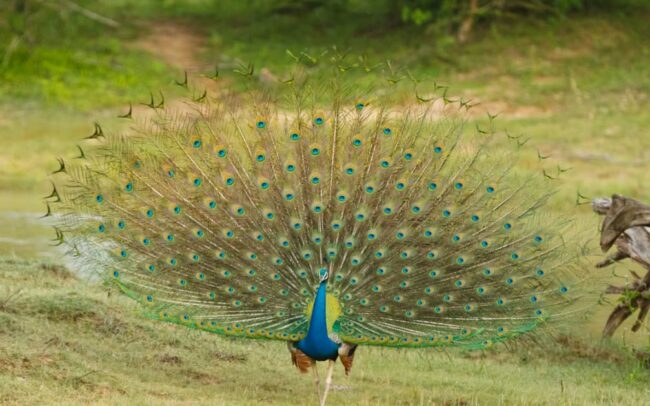A recent analysis conducted by a team of researchers from Ohio State University (OSU) explored bird diversity in the United States, considering both functional and species diversity patterns.

The findings revealed a perplexing aspect that scientists have yet to fully comprehend: in the West, where species and functional richness are highest during the breeding season, functional diversity patterns contrast sharply with those in the East.
In the East, functional diversity is lowest when species richness is high, which raises intriguing questions about the overall diversity of birds’ ecosystem contributions during periods when migratory species are absent.

Lead author Marta Jarzyna, an assistant professor of Evolution, Ecology, and Organismal Biology at OSU, remarked, “This tells us that, probably, migratory birds in the East versus the West have very different functional contributions to assemblages. It suggests that resident birds in the East have a wider array of functional characteristics than migratory birds, and in the West, it’s the opposite: migratory birds contribute more to functional richness than resident birds.”
In addition to quantifying species richness, the researchers incorporated four characteristics—body mass, diet, foraging niche, and activity time—to estimate functional diversity. Jarzyna explained, “Different species obviously have different characteristics and different traits, and contribute in different ways to the community composition and ecosystem functioning. You can have 10 species in a community that just eat seeds, or 10 species in a community, five of which eat seeds and five of which eat insects. The community with more diverse attributes will have more functional diversity, even though in terms of species richness they might be exactly the same.”

While previous studies on bird functional diversity focused solely on one breeding season, typically summer in the Northern Hemisphere, this study examined diversity across the entire year, as bird abundance fluctuates across the country. Gaining a better understanding of how functional diversity changes among birds over space and time is crucial for biodiversity forecasting, conservation, and management.
However, further research is necessary to comprehend the underlying causes of the intriguing differences observed between the eastern and western regions of the U.S. Jarzyna pondered, “Why is it in the East that in the winter, when we are seeing so many species leaving those regions, we see an increase in functional richness? It didn’t make a lot of sense that you would gain this other dimension of diversity while losing something else. It’s not the case in the West, where we are seeing both the highest species richness and highest functional richness in the summer.”
She added, “We still don’t even know about individual species’ contributions to functional diversity and whether there is, indeed, a difference between migratory and resident birds.”
The study is published in the journal Current Biology.

